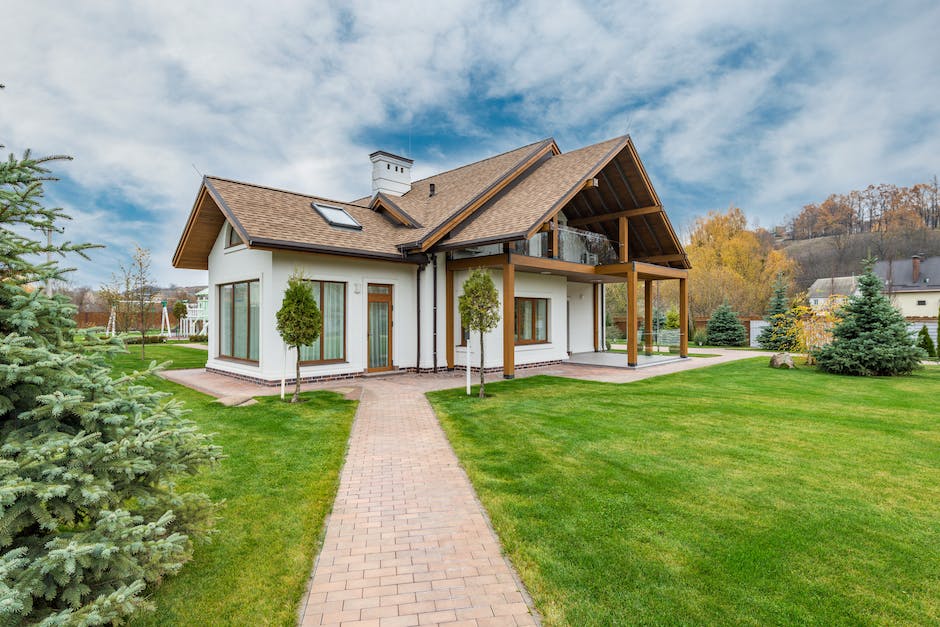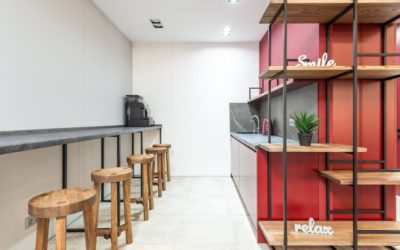Creating an Eco-Friendly Oasis: Tips for Building a Sustainable Home
Building a sustainable home has become increasingly popular in recent years as people become more conscious of their impact on the environment. Sustainable home building, also known as green home construction, involves designing and constructing a home that is environmentally responsible and resource-efficient throughout its lifecycle. Not only is this beneficial for the environment, but it can also lead to cost savings for homeowners.
Location and Site Selection
The location and site selection play a crucial role in sustainable home building. Choosing a site with minimal impact on the environment is essential. Consideration of natural elements like sun, wind, and water can also impact the home’s energy efficiency and water conservation. Proper building orientation and placement of windows can help maximize natural light and reduce the need for artificial lighting.
Energy Efficiency
Energy efficiency is a key factor in sustainable home building. Selecting energy-efficient appliances and lighting can help reduce greenhouse gas emissions and energy costs. The use of renewable energy sources like solar panels can also significantly reduce energy consumption. Proper insulation and ventilation can help keep the home comfortable while reducing the need for heating and cooling.
Materials and Resources
The proper selection of materials and resources can significantly reduce the environmental impact of a home’s construction. Using sustainable materials like bamboo and recycled glass can help reduce the consumption of natural resources. Avoiding materials with a high carbon footprint, such as concrete, can also minimize environmental impact. Reducing waste during construction can also help minimize the environmental impact of the building process.
Water Conservation
Water conservation is essential in sustainable home building. Installing low-flow fixtures and using drought-tolerant landscaping can help reduce water usage and protect natural resources. Collecting and reusing rainwater can also significantly reduce water consumption.
Indoor Air Quality
Indoor air quality is critical to the health and well-being of occupants, and sustainable home building can help improve indoor air quality. Using non-toxic paints and finishes, proper ventilation, and air filtration systems can help reduce harmful pollutants in the air. Selecting natural materials that do not emit harmful chemicals can also improve indoor air quality.
Conclusion
Building a sustainable home can not only benefit the environment but also create a healthier and more environmentally friendly living space for homeowners. Prioritizing eco-friendly home design can lead to significant cost savings and reduce the carbon footprint of a home. Home buyers and sellers should prioritize sustainability in their homes and work with experienced realtors who understand the importance of sustainability in the real estate market.
Join Infinite Realty in creating a sustainable future by building eco-friendly homes. Contact us at 780-756-7653 or email us at Broker@infiniterealtyservice.com to learn how we can help you build your sustainable dream home.











